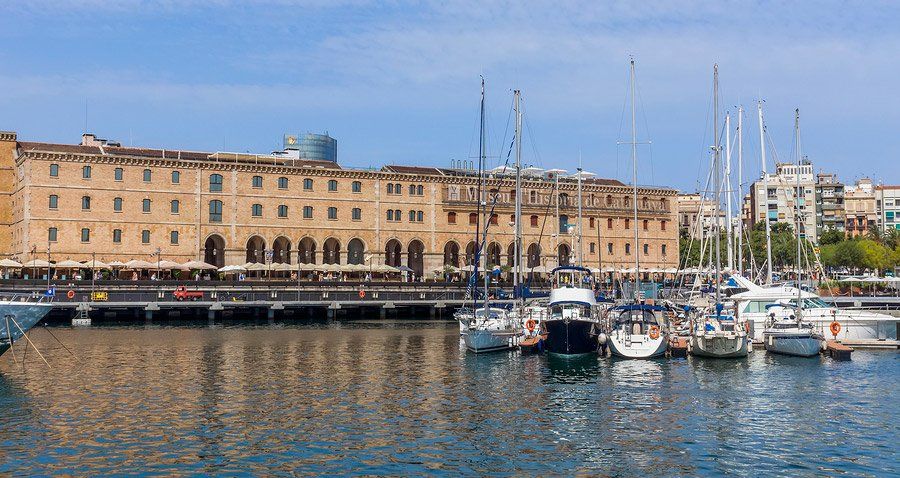The Museu Història de Barcelona (MUHBA) (Barcelona Museum of History) is not just a museum but a group of museums. It is formed by Barcelona’s historical sites.
The MUHBA’s aim is to give the visitors and tourists all necessary information to understand the history of the city and it does it with museums.
Practical information
Address: Baixada de la Llibreteria, 7, 08002 Barcelona
Tel: +34 902 88 49 90
Timetable: From Tuesdays to Sundays: 10am to 8:30pm Closed on Mondays.
How to get there?
Metro: L4 Jaume I station Vesping: Select the spot in the GPS.
Places to visit at the MUHBA
Plaça del Rei
The Conjunt Monumental de la Plaça del Rei (Museu d’Història de la Ciutat and Palau Reial Major) is a great breathtaking archaeological site. This site shows you the ruins of the Roman colony of Barcino (the old Barcelona).
Temple d’August
The Temple of Augustus in Barcelona was a Roman temple from which only four majestic Corinthian columns remain. It has been demolished and its ruins were discovered in the late 19th century during the construction of the Centre Excursionista de Catalunya. It is said that the temple would have been dedicated to Augustus.
Via Sepulcral
Located near Las Ramblas and Plaça Catalunya, the Plaça Villa de Madrid is a garden where a series of Roman tombs lies exposed. The place is surrounded by buildings and is the most important burial site of Barcino.
Domus de Sant Honorat
Visit a roman house from the 4th century, right under the actual street of Sant Honorat.
El Call
The Centre d’Interpretació del Call displays archaeological objects from the 13th and the 14th centuries found in the old Jewish Quarter. It also offers tours in the Jewish district and discussion about medieval Barcelona.
Sant Caterina
Right below the grounds of the Santa Caterina Market are the excavations of a former Convent of the Preachers, later named Convent of Santa Caterina. You can observe the evolution of the area from prehistoric times to today.
Monestir de Pedralbes
The Monastery was founded in 1326 by Elisenda de Montcada and is said to be the best example of the Catalan Gothic architecture. It used to host the nuns who now live right next door in a small building. A nice place to find peace and relax.
Villa Joana
The Casa Museu Verdaguer (Verdaguer House Museum) has seen light thanks to an initiative from the Amics de Verdaguer (Friends of Verdaguer) when Franco was still holding on his dictatorship. It is one of the oldest literary museums in Catalonia.
Park Güell
The Park Güell was originally thought by Gaudí to be a garden-city with around 60 houses. He started to design the park to encapsulate harmony of nature and architecture. Unfortunately, the financial supports he received to develop this project were cut which forced him to cease. Two houses out of 60 were built and the park was never finished. Today the Park Güell is the most unique and unusual public park of the city.
Refugi 307
Welcome to the shelter of people leaving in Barcelona during the civil war. Refugy 307 is where locals citizens would go hide in 1937 when Barcelona got heavily bombed from the air. First shelters were built up in houses basements and in two years it was extended to more than 200m of tunnels.

